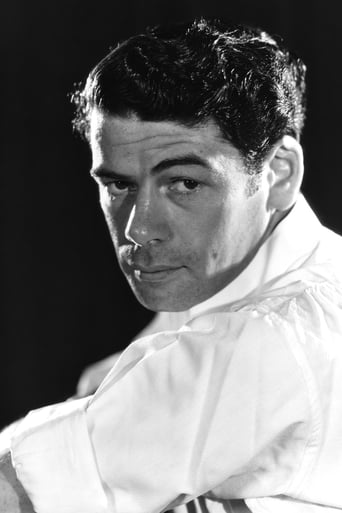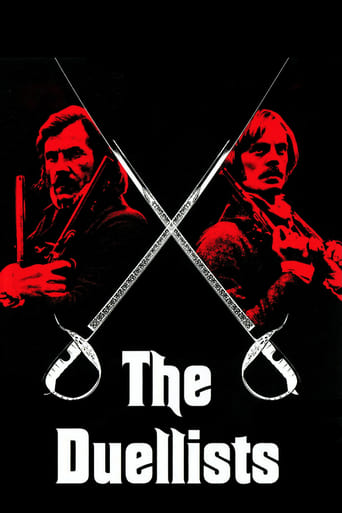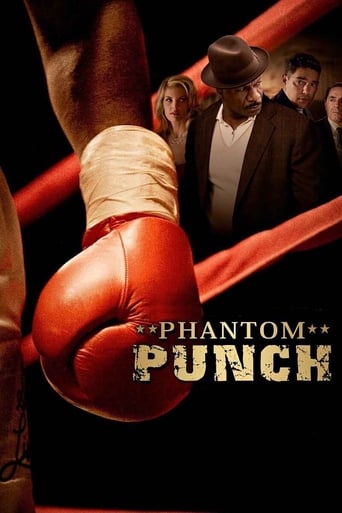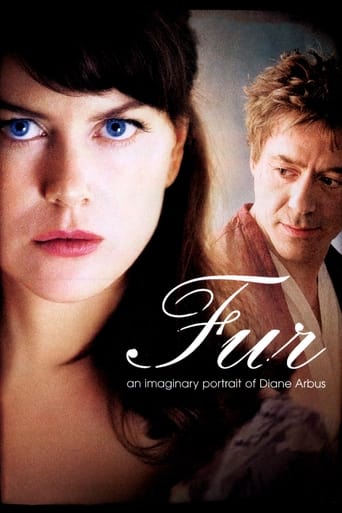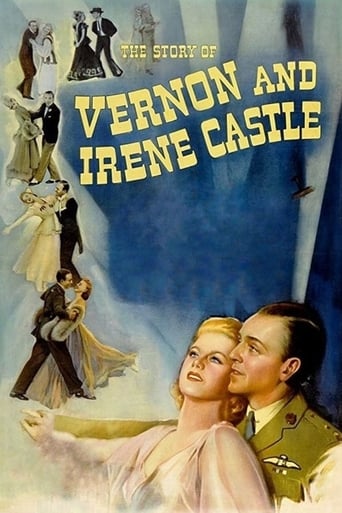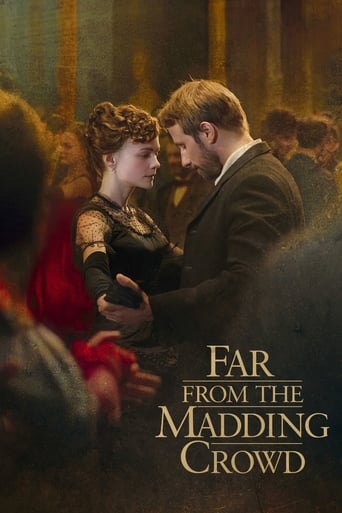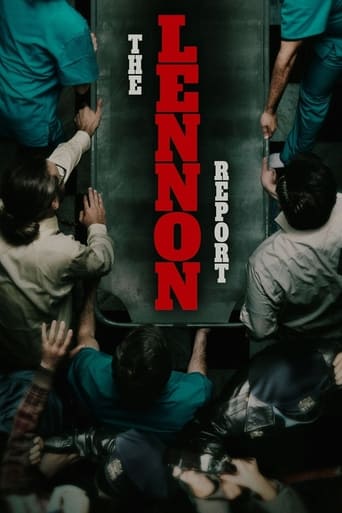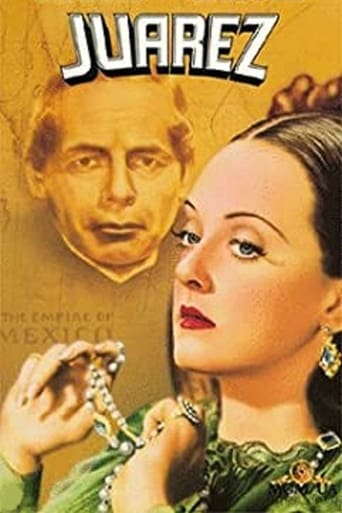
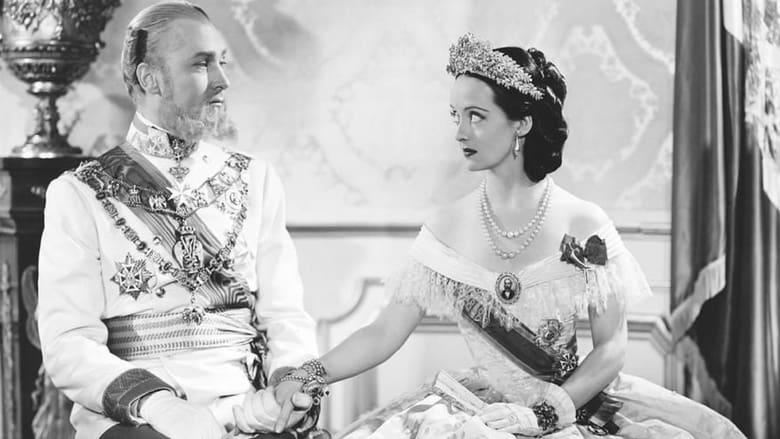
Juarez (1939)
The newly-named emperor Maximilian and his wife Carlota arrive in Mexico to face popular sentiment favoring Benito Juárez and democracy.
Watch Trailer
Cast
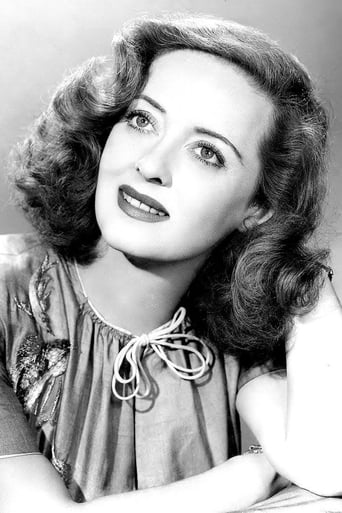
Similar titles


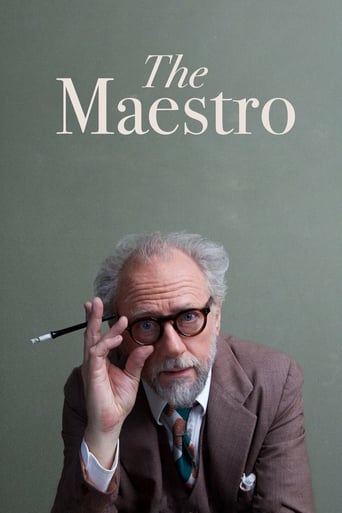
Reviews
the audience applauded
everything you have heard about this movie is true.
While it doesn't offer any answers, it both thrills and makes you think.
It is neither dumb nor smart enough to be fun, and spends way too much time with its boring human characters.
Copyright 10 June 1939 by Warner Brothers Pictures, Inc. New York opening at the Hollywood: 25 April 1939. U.S. release: 10 June 1939. U.K. release: November 1939. Australian release: 12 October 1939. 132 minutes. SYNOPSIS: It is 1863. The French army, in Mexico as an armed bill collector, is failing its purpose. The liberal constitutional government under the Zapotecan Indian, Benito Pablo Juarez, a brilliant, honest statesman and president, will not pay because it cannot. The treasury has been emptied, the country all but ruined by the dictators and militarists who, through the centuries have preceded him in office. NOTES: Negative cost: around $1.4 million. Brian Aherne was nominated for Best Supporting Actor, losing to Thomas Mitchell in Stagecoach. Number 8 on the Film Daily's annual survey of American film critics. COMMENT: Controversial in its day because of its many historical distortions (and indeed fabrications), Juarez is best viewed as a superlative piece of dramatic entertainment. Superbly set and photographed, with brilliant performances, masterly direction, and a Korngold score, what more could you ask? Yes, two more things - and Juarez has them: a riveting script, breathtakingly paced.OTHER VIEWS: A quite impressive film, the two parts of Juarez and Maximilian are well written and admirably acted by Paul Muni and Brian Aherne (Mr Muni's make-up is extraordinarily impressive: he is an Indian to the very shape of the skull and the stony Aztec profile). - Graham Greene.
JUAREZ, despite playing fast and loose with certain historical facts, is nevertheless rousing and sumptuous epic film-making about the struggle for justice - on the one hand by the Mexican people and on the other by their hapless monarch. The people are represented by Paul Muni impersonating Mexican president Benito Juarez; his expressionless face and slow, monotonous line readings are almost laughable; he comes across as a sort of Unconquerable Zombie of the People. He almost always appears in the same frame as a portrait of his hero and contemporary, Abraham Lincoln. As others have pointed out, his most powerful moment comes when he walks purposefully toward a line of armed soldiers in one of those moments of truth at the core of all successful revolutions: the refusal of the armed forces to defend the established regime. The hounded monarch, Archduke Maximilian, is played by Brian Aherne in what may well be the best casting he was ever assigned on film. His performance is letter perfect as the idealistic puppet of Napoleon III who stuck to his outmoded principles despite overwhelming odds in much the same way as Nicholas II did in Russia decades later. In another parallel to the later Russian events, his domineering wife Carlotta (played by a beautifully photographed, no-holds-barred, black-bewigged Bette Davis) takes matters into her own hands to support his flimsy but ardent claim to the leadership of the country; Aherne, like Muni, is also frequently seen in proximity to a framed portrait - of his wife. This is an expensive production with lavish costumes, stunning set pieces, gorgeous music, literate dialogue, a who's who of excellent supporting players, and breathtaking photography (the latter by veteran cameraman Tonio Gaudio, some of whose visions, especially Carlotta's prayer to the Virgin Mary and her final scene in a sunlit chamber, recall the most ethereal imagery of the silent era). All of these elements work together to get our blood surging in sympathy for the downtrodden Mexican peasantry as they rise up against cold hearted official corruption. And on a smaller level we feel equally moved by the personal plight of Maximilian. With so much stuffing, not everything works perfectly. John Garfield, one of the best film actors of his time, is unconvincing as a Mexican general. There is a problem with pacing and informational overkill. Muni's sleepwalking performance contributes to a sense of sluggishness. Whenever he appears you brace yourself for a plodding and profound dose of Great Truth. At least these Truths are not banalities, so they are somewhat worth waiting for.
This movie is an unusual biopic. It is supposed to be about the great Mexican president Benito Juárez, but it ends up focusing more on the story of Emperor Maximilien.The story: In the 1860's, the French Emperor Napoleon III (Claude Rains) sends French forces to occupy Mexico, on the pretext of establishing a North American regime of the French empire. Napoleon sends the Austrian Maximilian of Hapsburg (Brian Aherne) and his wife, Charlotte of Belgium (Bette Davis), to be his puppet Emperor and Empress of Mexico. But Benito Juárez (Paul Muni) organizes the Mexican peasantry to fight back against the French.As usual with biopics, this is the American Hollywood version of Mexican history. As the ill-fated Maximilian, Brian Aherne actually has more screen time than the title character. He gives a good performance of a well-meaning but naive emperor who wants to rule the Mexican people justly, but can't understand the concepts of democracy. The American filmmakers obviously decided that it was better to focus on the romantic European characters than on the Mexicans.Paul Muni, meanwhile, has little to do in his role as Juárez. Oh sure, he occasionally makes grim-faced, wise-and-meaningful speeches about democracy (with a portrait of Abraham Lincoln strategically placed on the wall behind Muni, just to make sure we get the point.) But most of the time, he just stands around dressed in black, looking stern and Lincoln-like. Muni has one great scene, where he walks fearlessly toward a firing squad of Mexican soldiers who have been ordered to shoot him. John Wayne should have had such a walk! Bette Davis lends a fairly good (but not great) supporting performance as the troubled Empress Charlotte, who goes mad after Napoleon withdraws from Mexico and abandons her husband to his fate. John Garfield appears as Porfirio Diaz, and Claude Rains and Gale Sondergaard have brief but well-done scenes as Napoleon and his smarmy French Empress. (This was their second film together, after "Anthony Adverse," where they played the villainous couple. They had it down pat by this time.) But the movie really belongs to Aherne, who dominates the screen with his portrait of a "lost emperor"...who is lost in more ways than one.
The rating is for historical costuming, as the costuming and hairstyle details are excellent. The odd looking period hair styles that are seen in 1860's tintypes are faithfully rendered and lend a very authentic feel. If you are a stickler for such things, you will get a kick out of this one. Noteworthy is the look of Paul Muni's character, (the chameleon like Muni is alway fun to watch) with a dour looking do, as well as the split beard hair comb of the Hapsburg character, with a center comb part that runs right down the back of his head to the neck. Strange to the modern eye, but typical to the period, it takes guts to trot out your talent with such coiffures. Also, I have the hots for Gale Sondergaard, who plays the sultry Empress.
